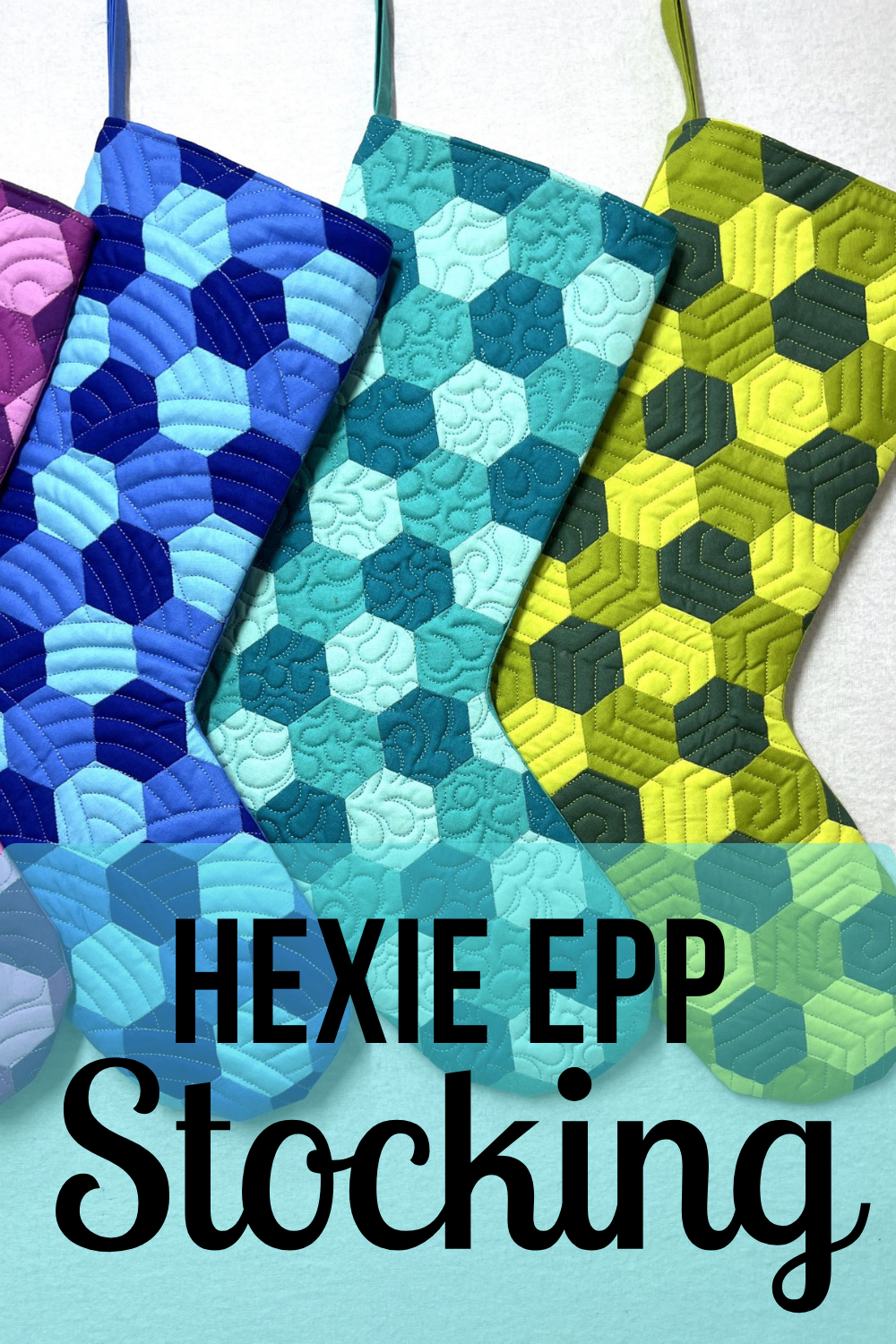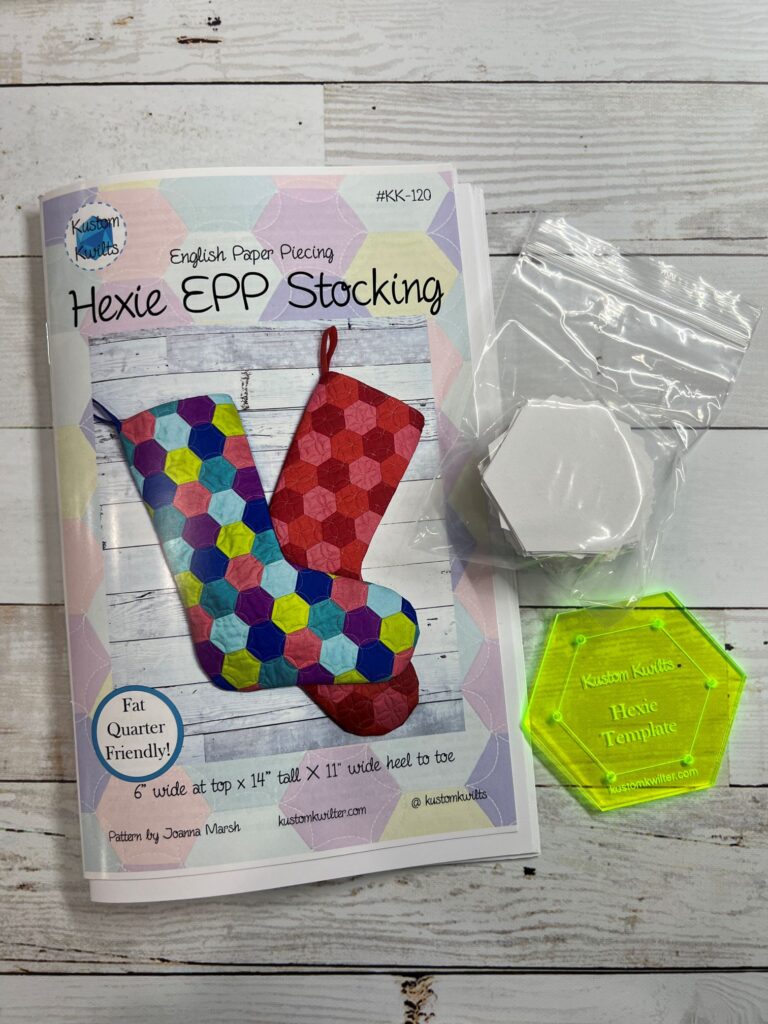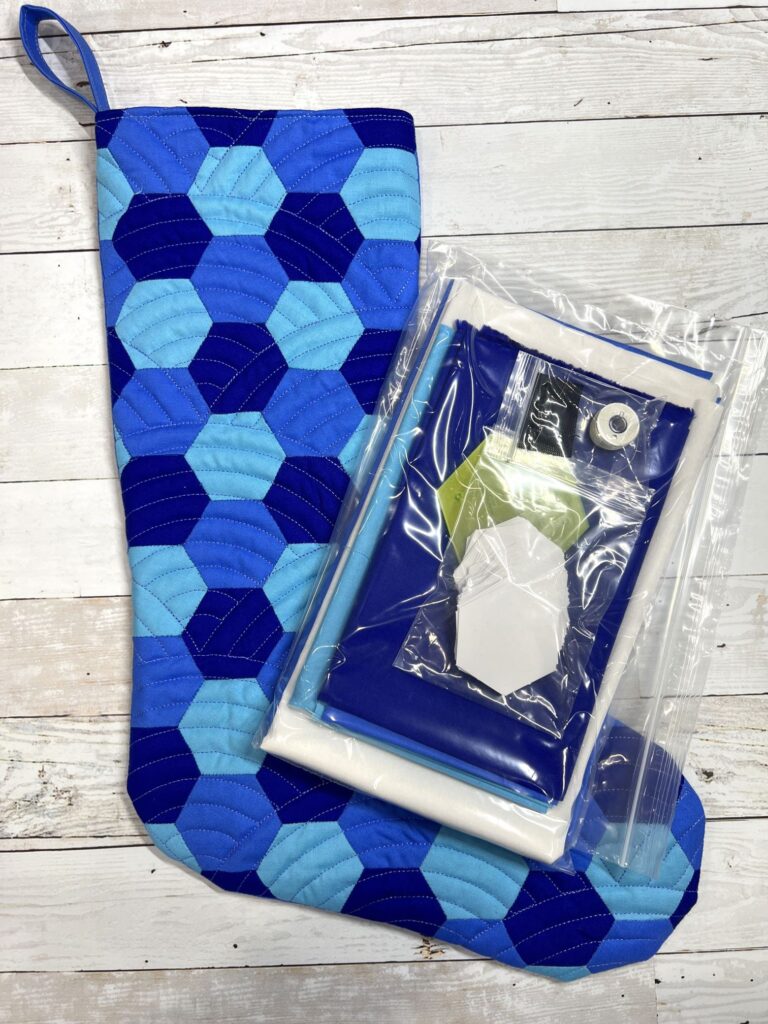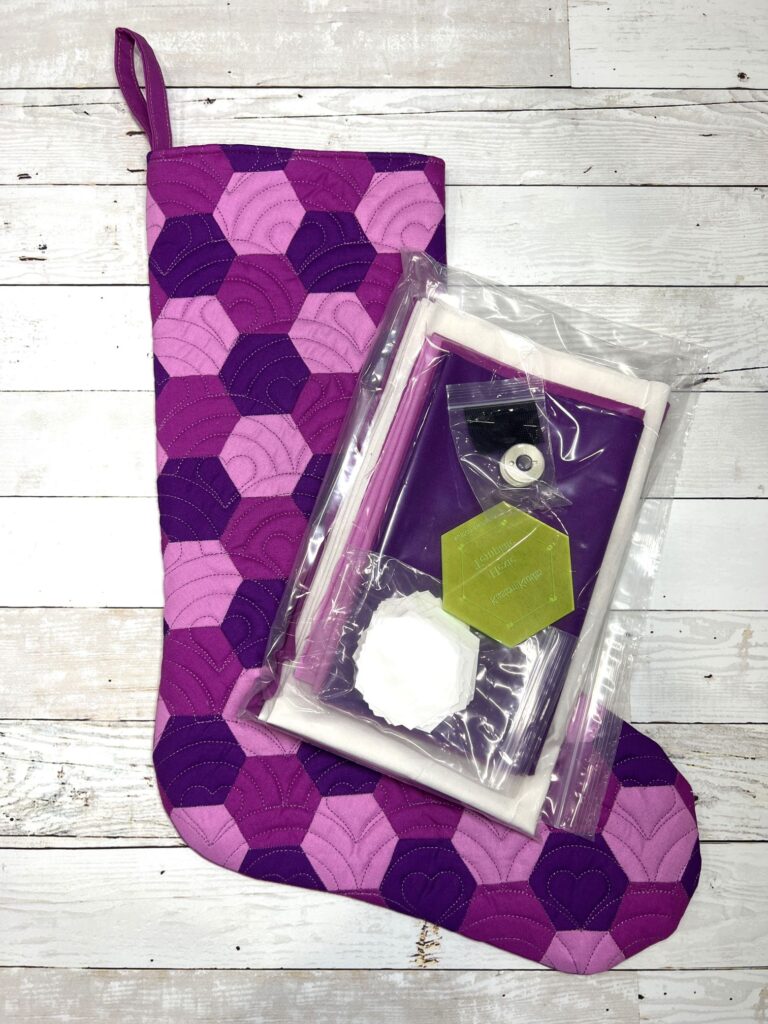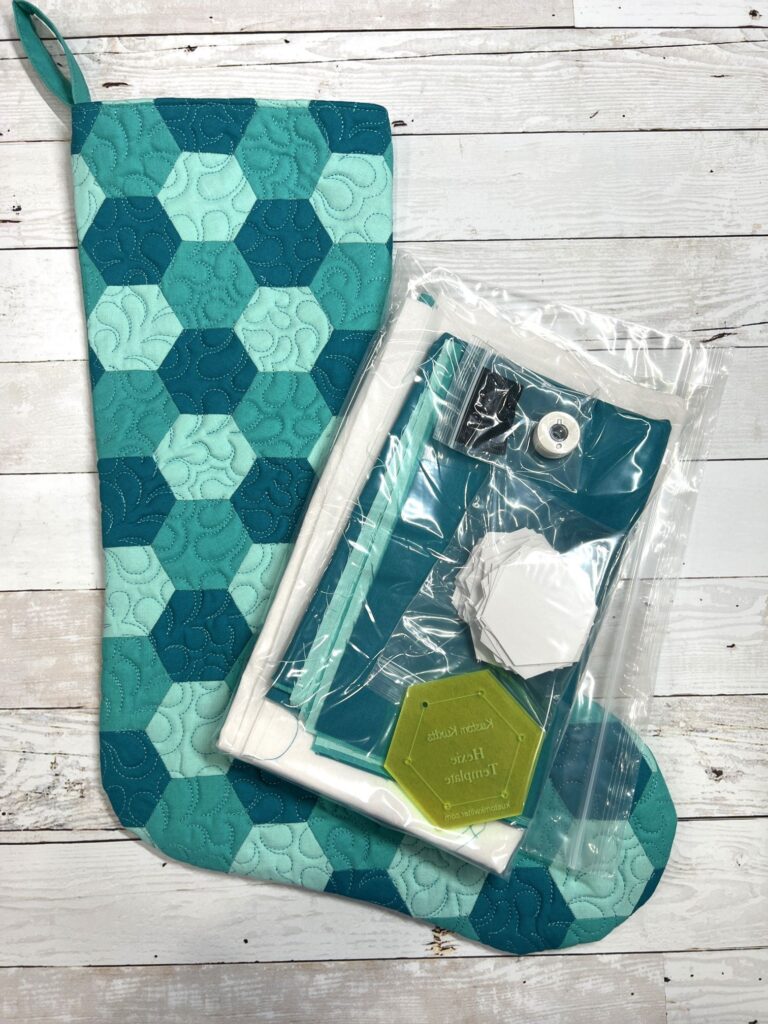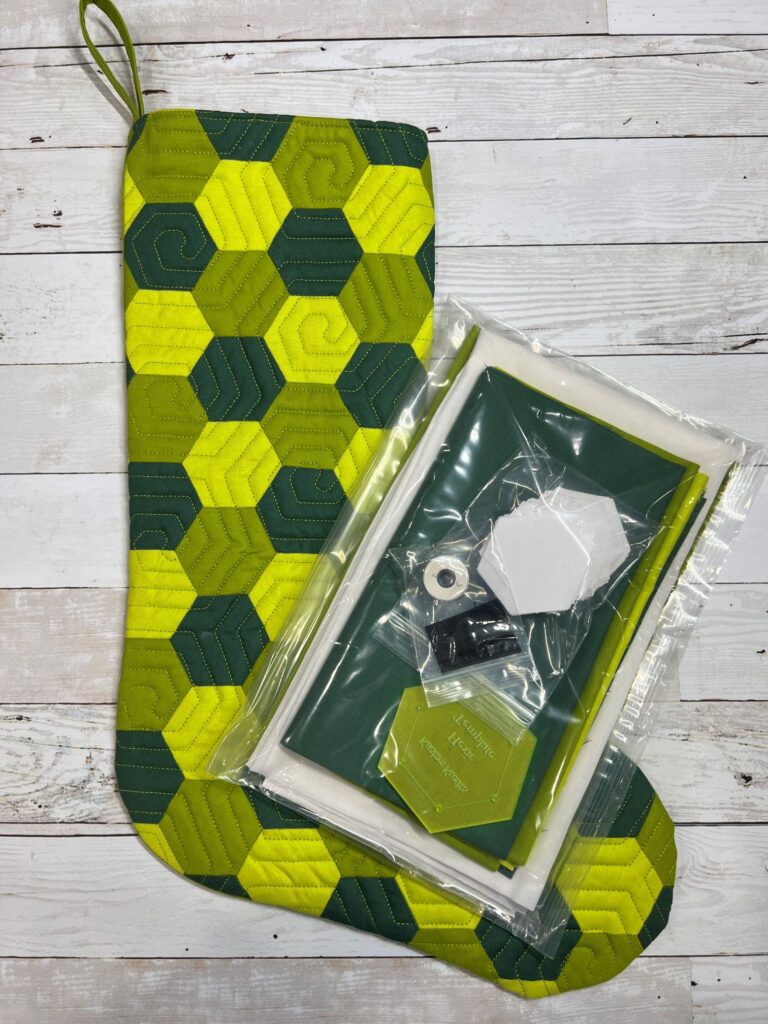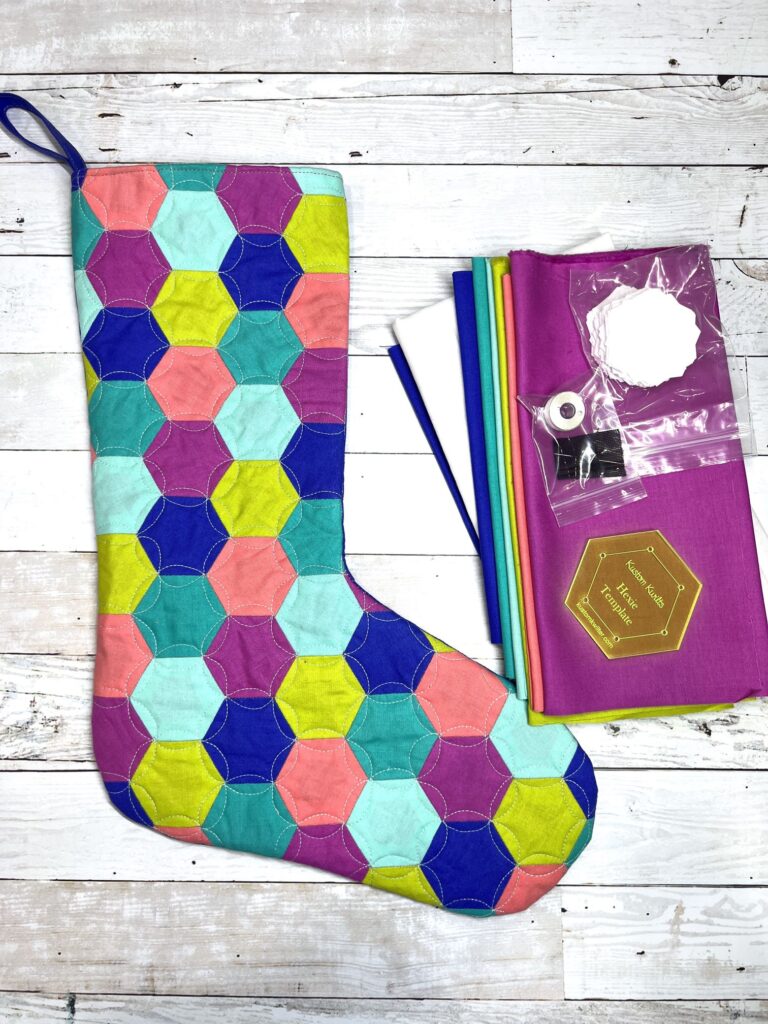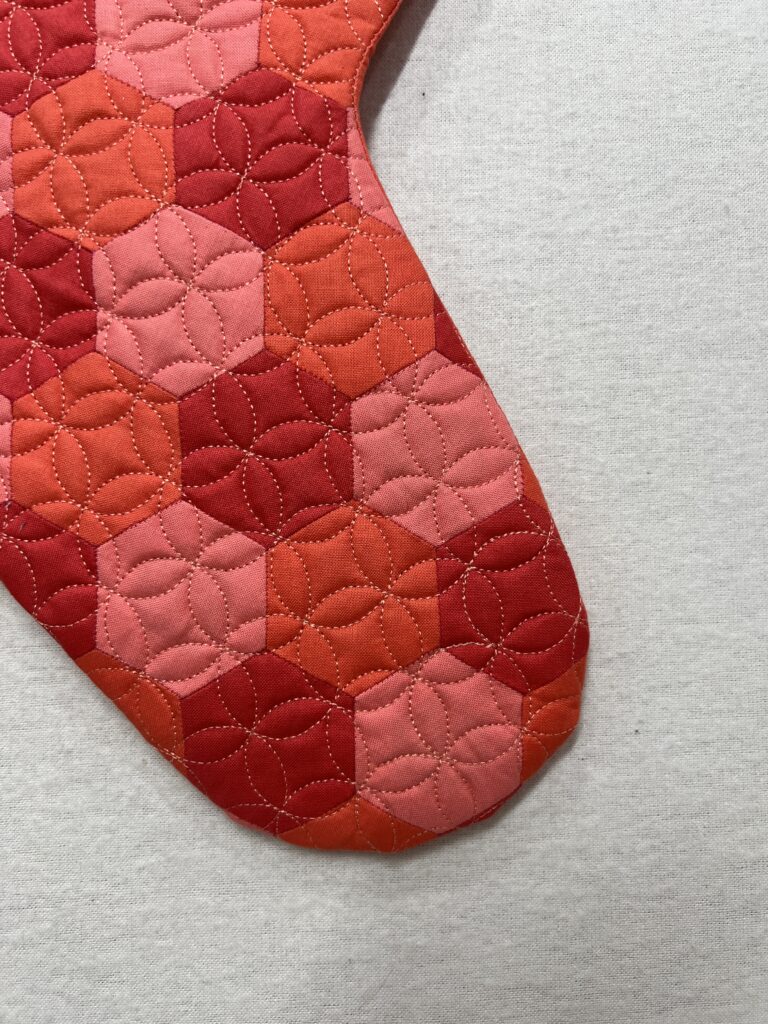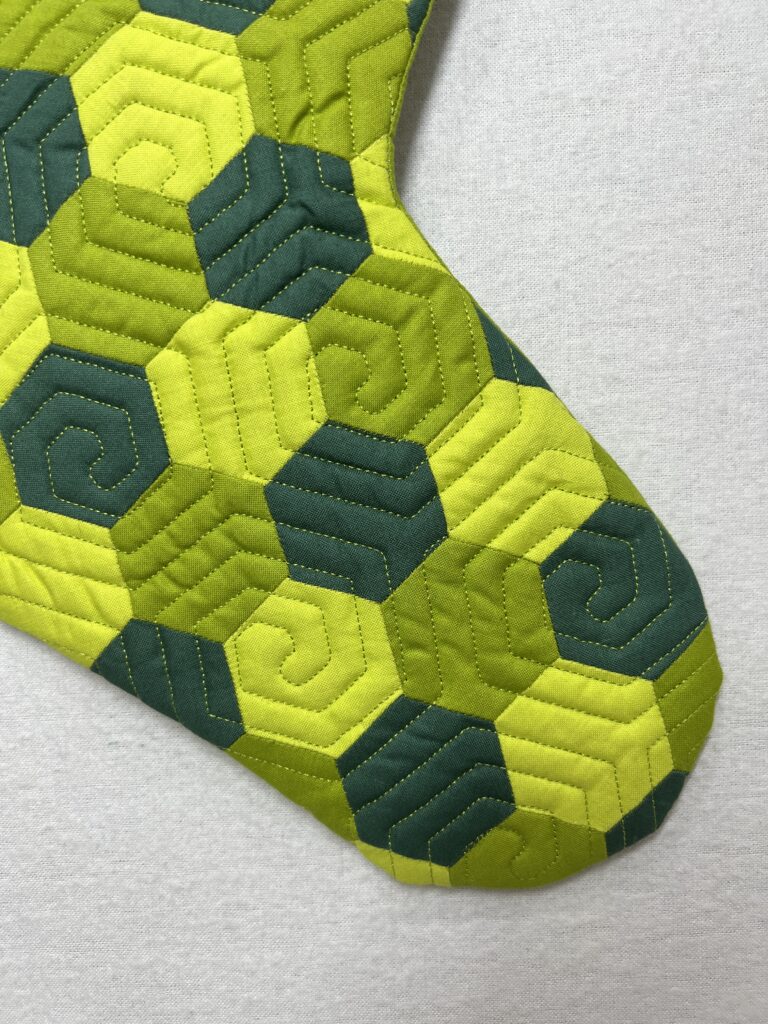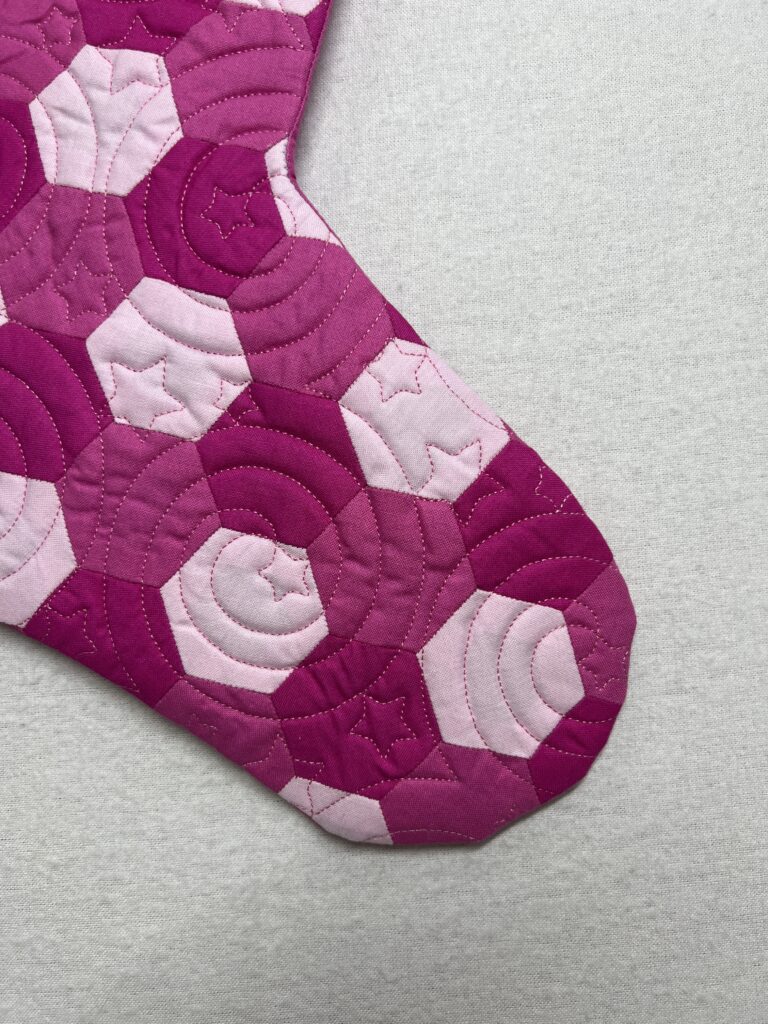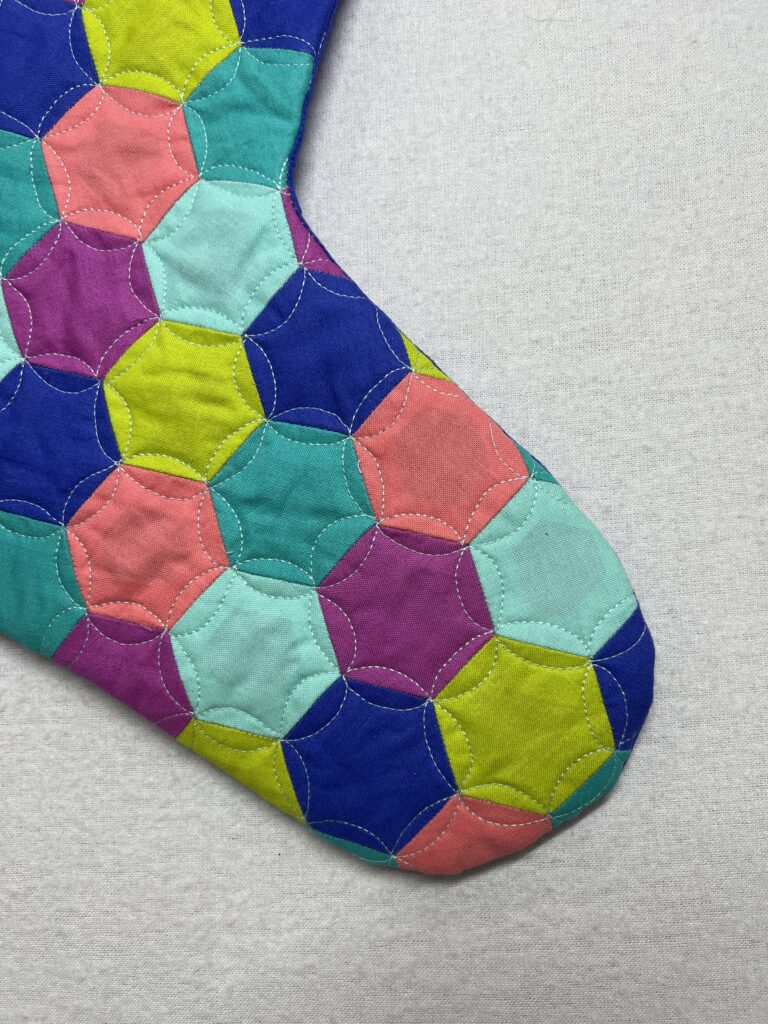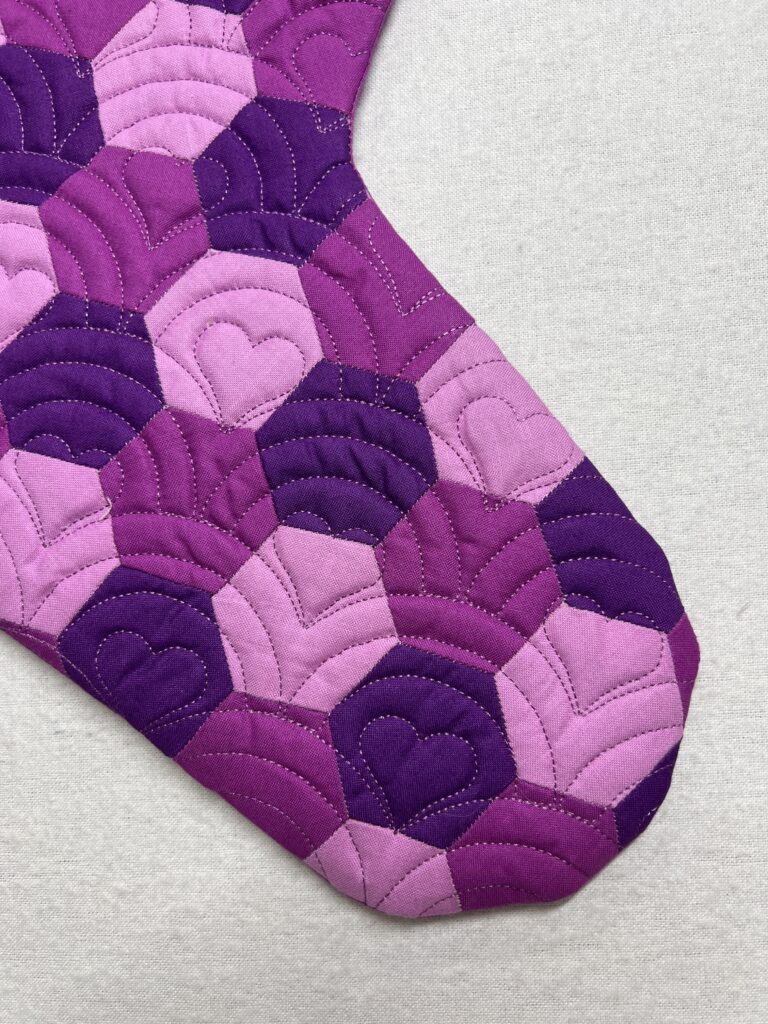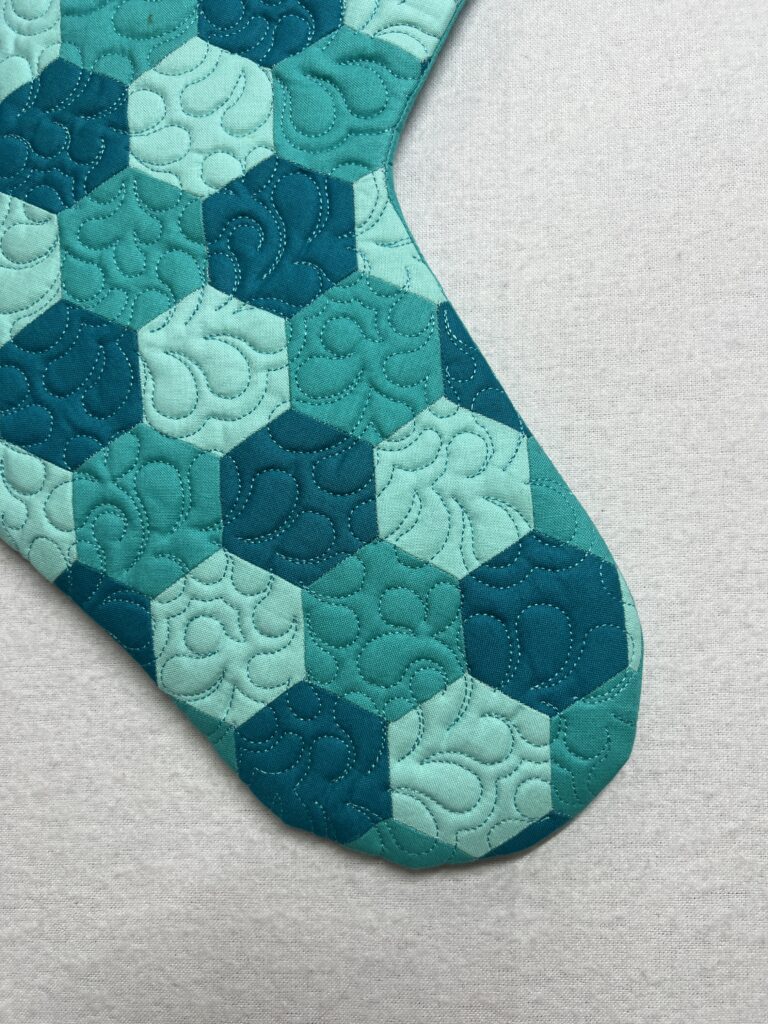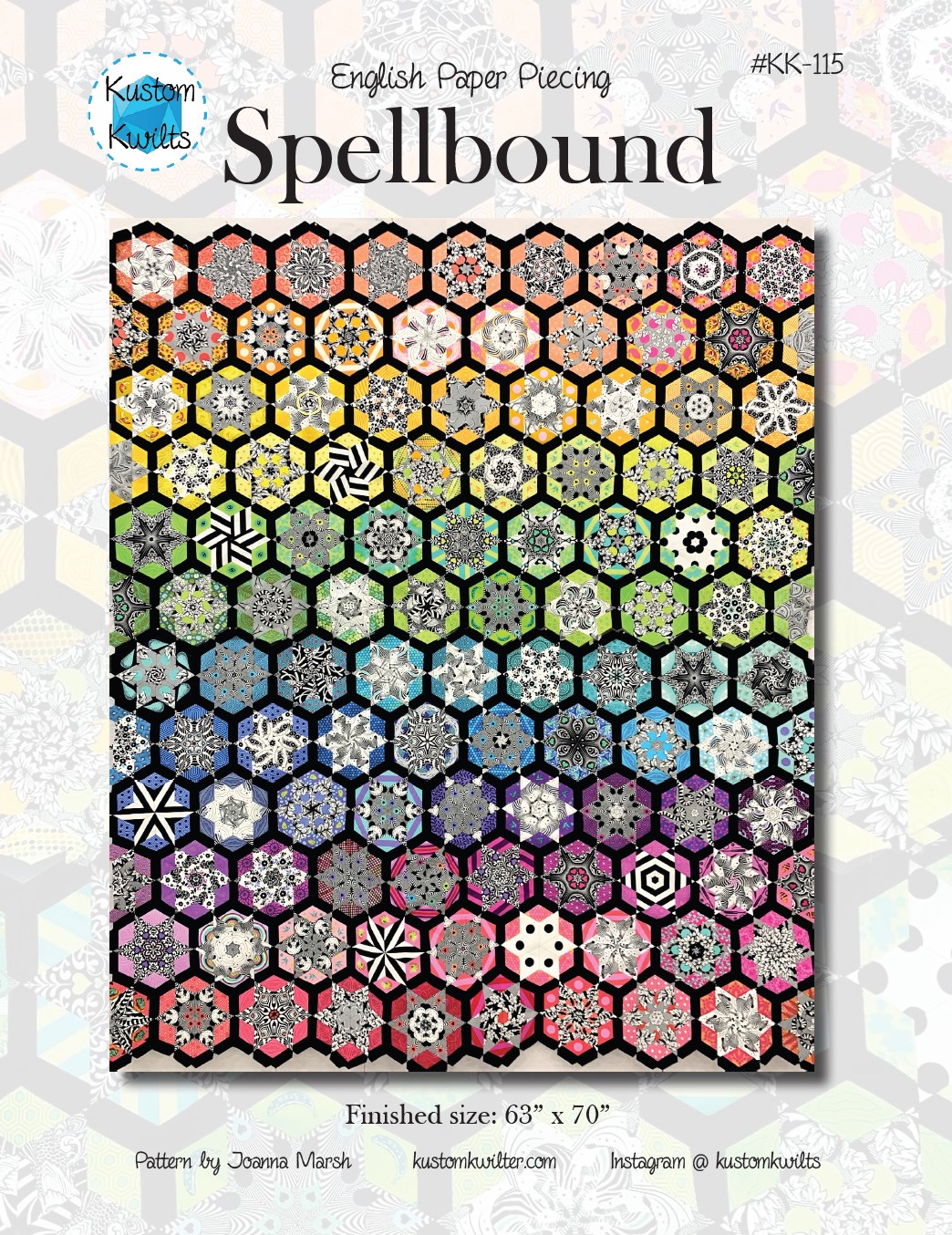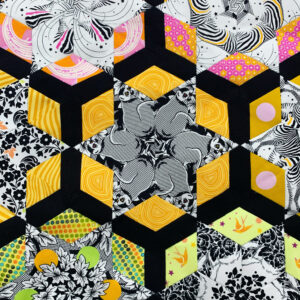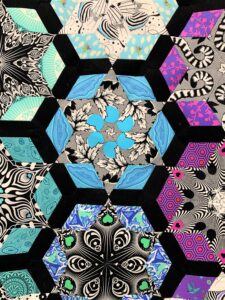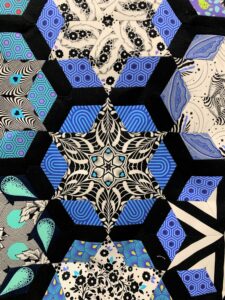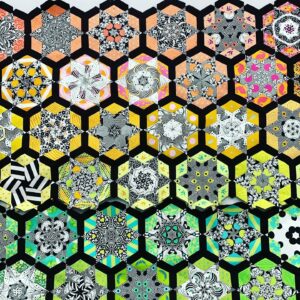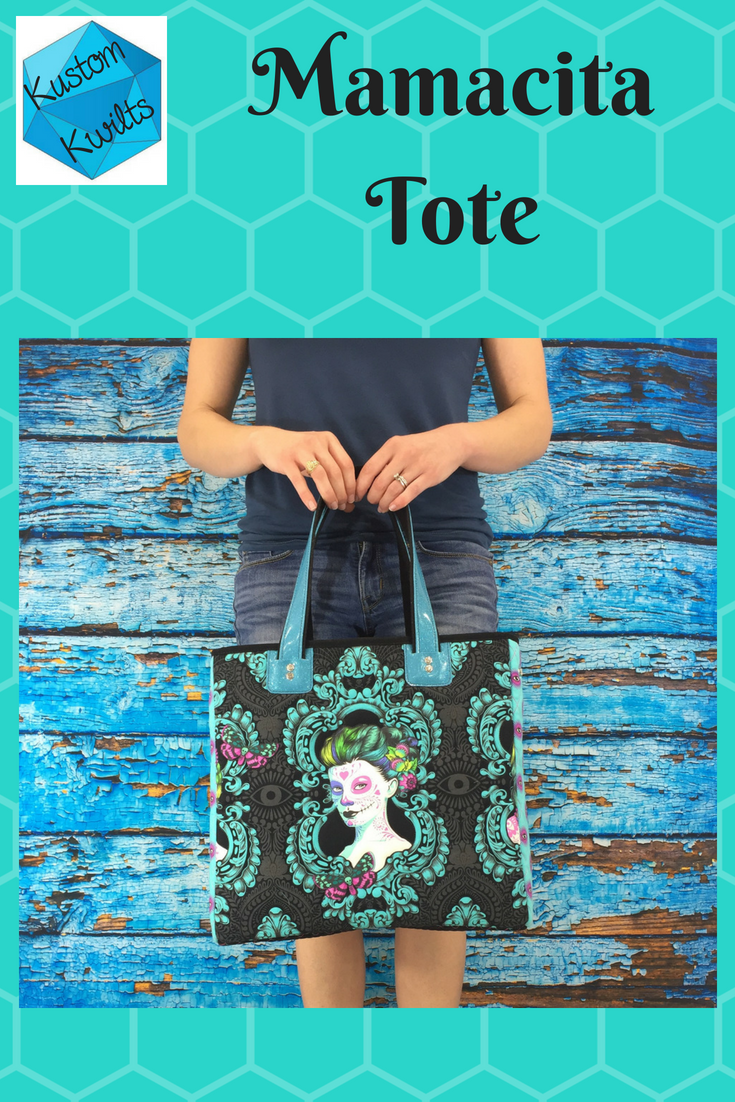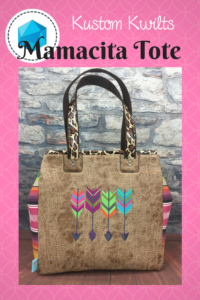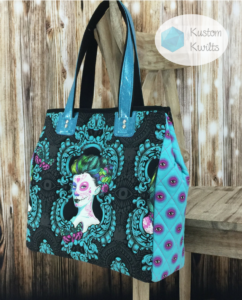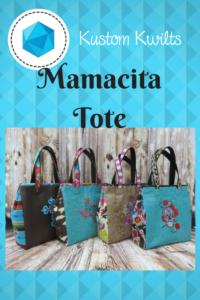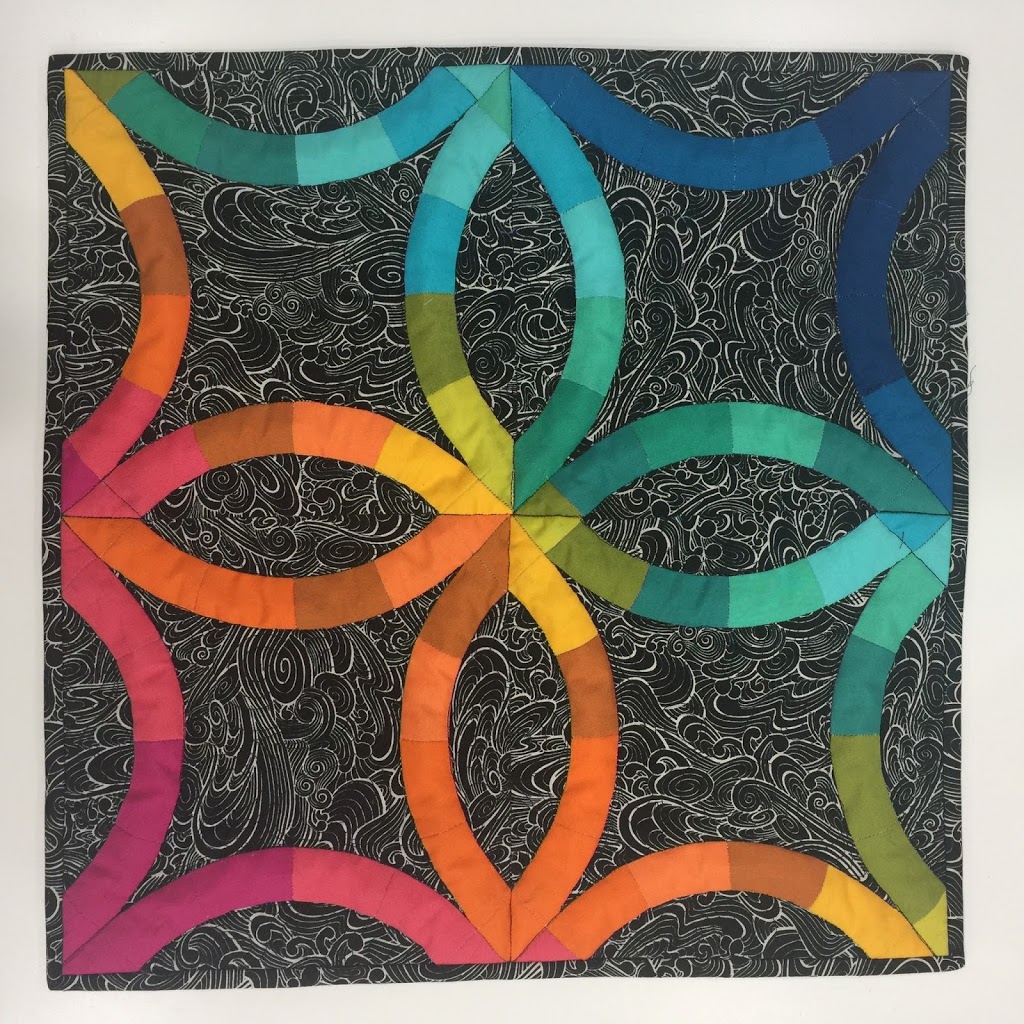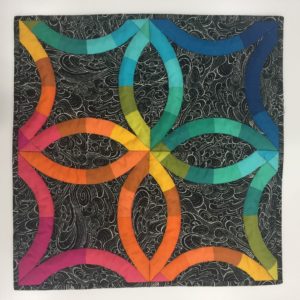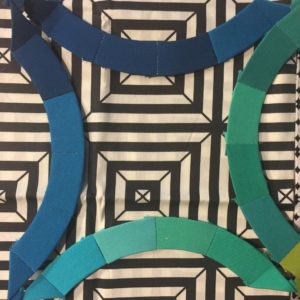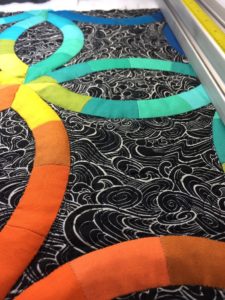International Quilt Market Website
Visit the link above for credential requirements, hotels. dates, etc.
My first longarm purchase at Quilt Market
I would consider myself fairly new to the sewing/quilting industry, especially compared to others who were brought up around sewing and related activities. I’m in my 4th year of sewing/quilting/etc., and hadn’t really considered attending quilt market or quilt festival until this year.
I still have never gone to festival-the portion that is open to the general public-but I did get to go to market this year. It just made sense that I needed to go and try to network or build some mutually beneficial relationships with other people in the industry.
Here are some tips for those of you who are first time visitors to Quilt Market:
1. Have a plan-for maps, routes, restaurants, lodging, parking.
I used to live in Houston, so I didn’t worry too much about maps, restaurants, lodging. But all of those things are extremely important. On my first trip to QuiltCon, my hotel room was miles from the convention center, and I learned not to make that mistake again. Most of the fun, after-hours things take place at the center of it all, and if you aren’t staying close to the convention center, you probably will miss out–or at least spend more time driving back and forth than you’d like. If it isn’t an area you’re familiar with, take advantage of the local restaurants and partake of the awesome food. Parking is extremely important!!! This year, the George R. Brown had lots of construction. And it’s downtown. I made sure my hotel had guaranteed parking reserved at no additional cost, and I was able to walk to the convention center. Otherwise, you will be looking at mandatory valet fees, or at the very least–valet/parking fees just to park at your hotel. I find it somewhat ironic that when I lived in Houston, I had no interest in attending Quilt market or festival.
2. Have a plan-contacts & exhibits:
I printed out the map of the convention floor and the list of exhibitors. I went through and hi-lighted every booth/exhibitor I thought I may want to visit with so I didn’t waste time walking aimlessly through the whole thing. It also made it really simple for me to remember what my goals were. I really, really wanted to meet Tula Pink…that was my first destination 🙂

Tula meet up 🙂
3. Register in advance. Make sure you have all the required documentation–and if you don’t, leave yourself plenty of time to get those things in order.
4. Reserve your hotel WAY in advance.
Especially if you want to get a special rate for market. Most of those rooms that are blocked out book up quickly, and the hotels with rooms adjacent to convention usually fill up also. Just plan ahead.
5. Business cards.
Memorable, simple, all your contact info. I printed up fresh ones from Vista Print that really were just my name in huge letters with small contact info. No flowery add ons. Just simple and bold. You may want something different, but I wanted mine to be versatile since I planned on talking to several different people.
I also got to meet Lindsey Marsh from Sew To Grow. We have the same last name, so we’re holding up business cards/badges.
6. Know what your goals are.
In my case, my two main goals were networking and purchasing a longarm (which I will discuss in a separate post). I wanted to try every longarm that was represented at market, and I did that. I took notes on every machine and what I liked and didn’t like, price points, etc. I was able to make a decision in 24 hours and make the purchase. I will say I was a little nervous at the networking…I didn’t do as much as I should have, and I will know what to do more next year when I attend. I wasn’t prepared. When I went to people who’s work I admire so much, I couldn’t manage to find my speech and ended up sounding like a doofus. I didn’t have clearly defined in my head specific things I could do to benefit some of the people I wanted to network with, and so was at a loss when I went to talk to them.
7. Make sure you have enough time to meet your goals.
I only had about a day and a half to get everything done that I needed to. Don’t over do it, and make sure you make the most of your time.
8. If you go for networking purposes:
DON’T interrupt an exhibitor who is trying to sell their goods. If you are solely going for an introduction, wait until that exhibitor is not busy–I would recommend at the opening or closing times of market, or on Sunday evening–to introduce yourself. You won’t make any friends cutting off a potential sale for that person. The exhibitors are there to make sales to retailers. If you are trying to get work from designers, make something from their fabric, or products that you can wear to show you use it already.
9. Take a notebook and something to put business cards in
You will want to have something handy to write down notes or contact info from other people, and somewhere handy to keep business cards you’ve exchanged.
10. Networking follow-up:
If you go to make business relationships, you should send a follow-up email after market and festival are over. This shows that you are serious about what was discussed, and that you really want to work with said person. Do it in a timely manner so the person still remembers you. It doesn’t have to be anything fancy, but you should at the very least remind them what was discussed, how you can help them business-wise, and your contact info again. If you have a photo gallery on your website, also include a link to that so they can see your work.
11. Have fun and appreciate the hard work that goes into it!
Until Next time,
Joanna
